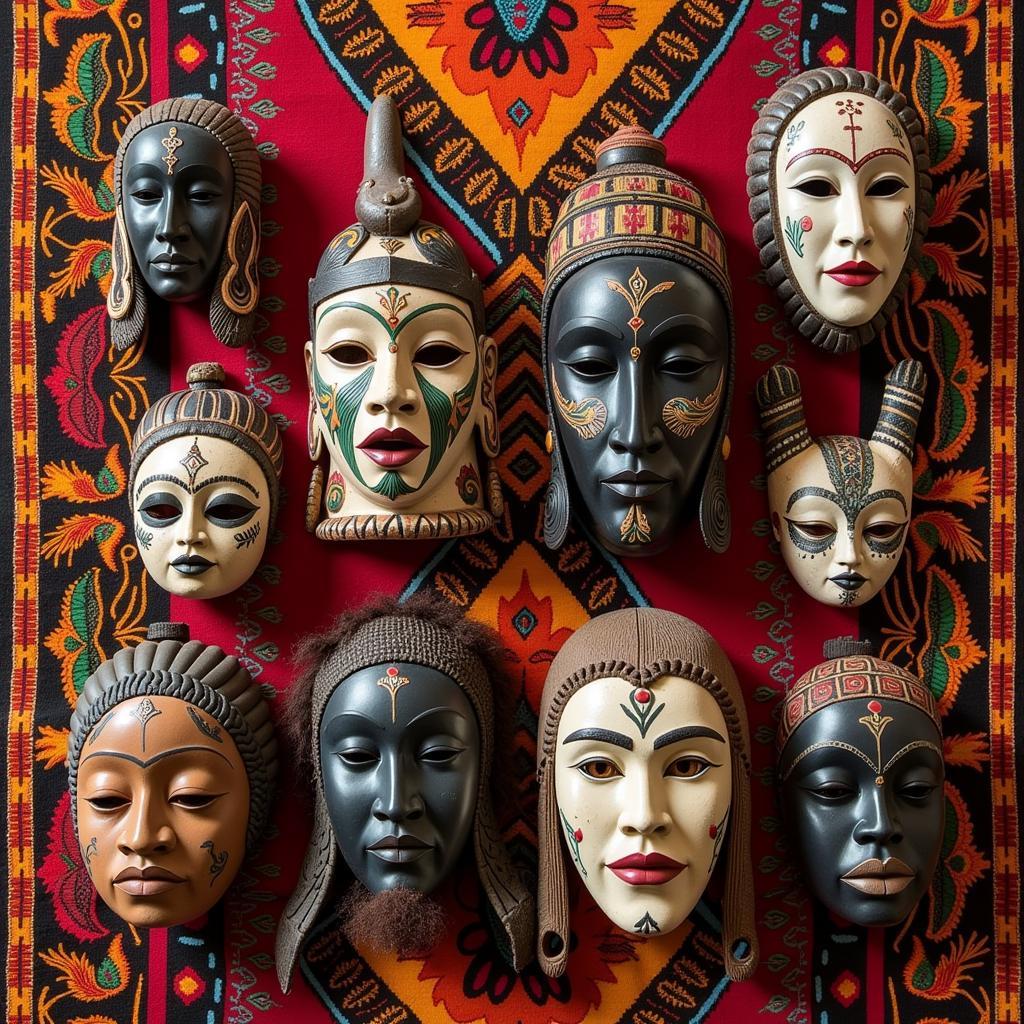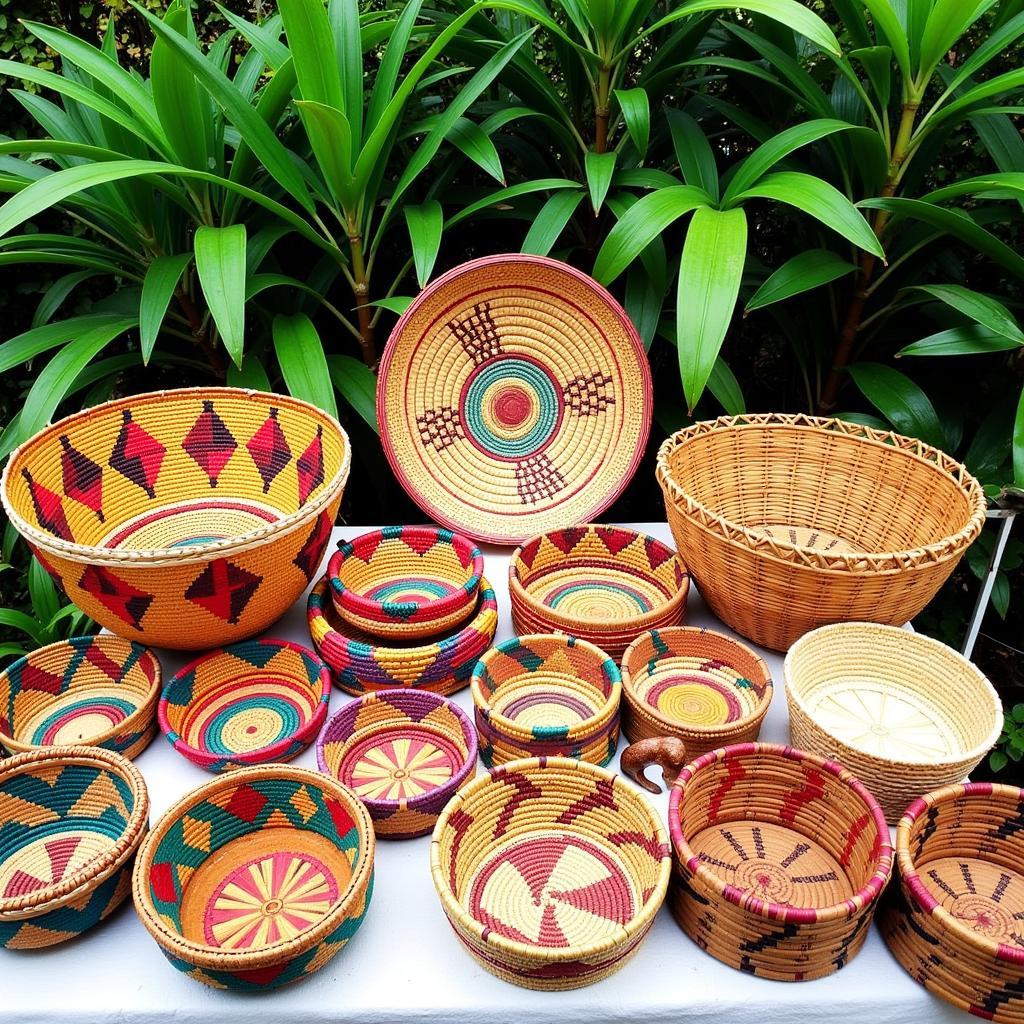The Ultimate Guide to African Dwarf Frogs
African Dwarf Frogs are fascinating, fully aquatic amphibians native to the slow-moving streams and rivers of Sub-Saharan Africa. These small, peaceful creatures are popular pets due to their relatively low-maintenance care requirements and intriguing behavior. This comprehensive guide dives deep into the world of these aquatic wonders, covering everything from their natural habitat to their care in captivity.
Understanding the African Dwarf Frog
African dwarf frogs, scientifically known as Hymenochirus boettgeri, are often confused with the African clawed frog, but they are distinct species. Unlike their larger, clawed relatives, African dwarf frogs are entirely aquatic, possessing webbed feet and lacking claws. Their small size, typically reaching only 2-3 inches in length, makes them ideal inhabitants for smaller aquariums. They exhibit a range of colors from olive green to brown, often with darker spots or stripes.
These frogs are social animals and thrive in groups. They communicate through a series of clicks, chirps, and whistles, creating a unique underwater soundscape. Their diet primarily consists of small invertebrates, making them valuable members of their aquatic ecosystem. Here, you can learn about African dwarf frog food.
Setting Up the Perfect Habitat for Your African Dwarf Frog
Creating a comfortable and stimulating environment for your African dwarf frogs is crucial for their well-being. A 5-10 gallon tank is sufficient for a small group, with larger tanks recommended for larger communities. A secure lid is essential as these frogs are surprisingly adept at escaping. Live or artificial plants provide hiding places and enrichment, mimicking their natural habitat. Smooth gravel or sand substrate is preferred to avoid injury to their delicate skin.
Water quality is paramount for the health of African dwarf frogs. A reliable filtration system is necessary to maintain clean water. Regular water changes are essential to remove waste products and maintain optimal water parameters. The water temperature should ideally be between 72-82°F (22-28°C). Avoid overcrowding the tank, as this can lead to stress and disease. Are you interested in learning more about African dwarf frogs mating eggs?
Feeding Your African Dwarf Frogs: A Guide to Proper Nutrition
African dwarf frogs are carnivorous and require a diet rich in protein. Bloodworms, brine shrimp, and daphnia are excellent staple foods. Sinking pellets specifically formulated for aquatic frogs are also a convenient and nutritious option. It’s important to avoid overfeeding, as this can lead to water quality issues. Feed your frogs 2-3 times a week, providing enough food that they can consume within a few minutes.
Common Health Issues and Concerns
While generally hardy, African dwarf frogs can be susceptible to certain health problems. Bacterial infections, fungal infections, and parasites are among the most common ailments. Regular observation of your frogs is essential to detect any signs of illness early on. Symptoms such as lethargy, loss of appetite, skin discoloration, or unusual swelling should be addressed promptly by a veterinarian specializing in aquatic animals. Do you know about potential African dwarf frog predators? This is crucial information if you plan on housing them with other species.
African Dwarf Frog Behavior and Social Interactions
African dwarf frogs are highly social animals, often seen interacting with each other in playful ways. This can include chasing, wrestling, and even what appears to be hugging, though it is actually a form of amplexus, a mating behavior. It’s fascinating to observe their unique social dynamics. Learn more about African dwarf frogs hugging.
Conclusion
African dwarf frogs are captivating and rewarding pets, offering a unique glimpse into the underwater world. By providing a suitable environment, a balanced diet, and attentive care, you can ensure that your African dwarf frogs thrive in your home aquarium.
FAQs
- How long do African dwarf frogs live? Typically 5-7 years in captivity.
- Can African dwarf frogs live with fish? Yes, with peaceful, similarly-sized tank mates.
- Do African dwarf frogs need a heater? Yes, to maintain a stable water temperature.
- How often should I clean the tank? Partial water changes weekly, full cleaning monthly.
- What are signs of a sick African dwarf frog? Lethargy, loss of appetite, skin changes.
- How can I tell the gender of an African dwarf frog? Males develop small white bumps on their “armpits” during breeding season.
- Can African dwarf frogs see in the dark? They have limited vision and rely more on other senses.
See more images here: african dwarf frog images.
For any assistance, please contact us at Phone Number: +255768904061, Email: kaka.mag@gmail.com or visit us at: Mbarali DC Mawindi, Kangaga, Tanzania. We have a 24/7 customer service team.


